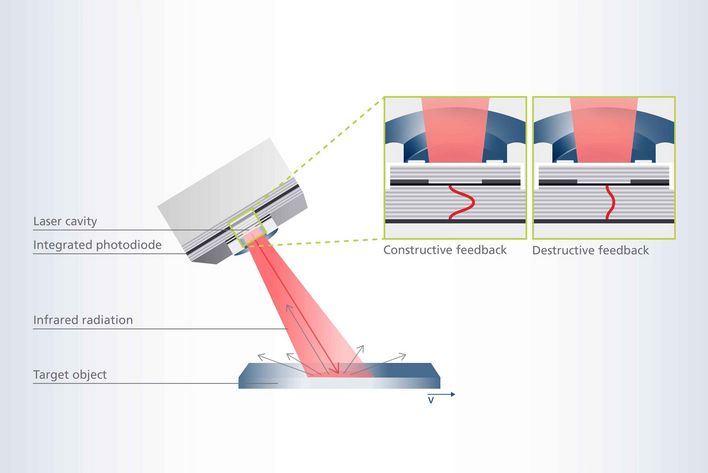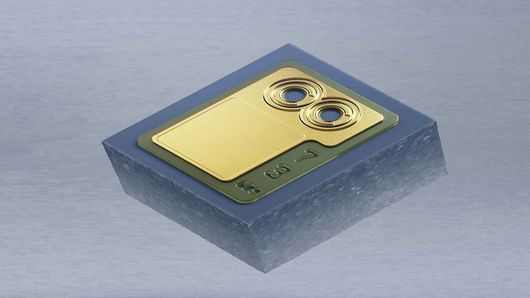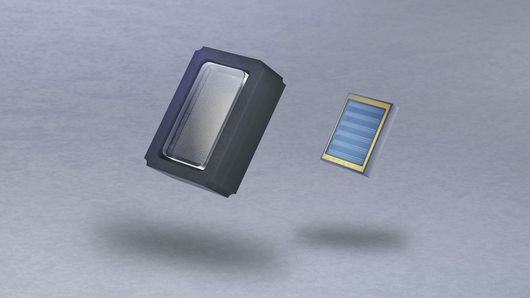Optical sensing is an enabling technology in many optical applications in consumer electronics, industrial sensing and automotive. Optical sensing uses a variety of sensing technologies like time-of-flight (ToF), structured light, and self-mixing interference (SMI). These optical sensing technologies rely on advanced light sources like laser-based VCSEL (Vertical-Cavity Surface-Emitting Laser) arrays to illuminate a scene or target object.
3D sensing is a demanding application for VCSEL illuminators. Laser capabilities need to be extensive, including features as: ultra-short pulse operation, custom illumination (such as dot patterns), homogeneous scanning, configurable random light source arrays, narrow spectrum to reduce sunlight noise, high reliability, high volume capability and low cost. VCSEL solutions are ideally suited as a light source to support advanced technologies needed for 3D sensing applications using optical sensors.







